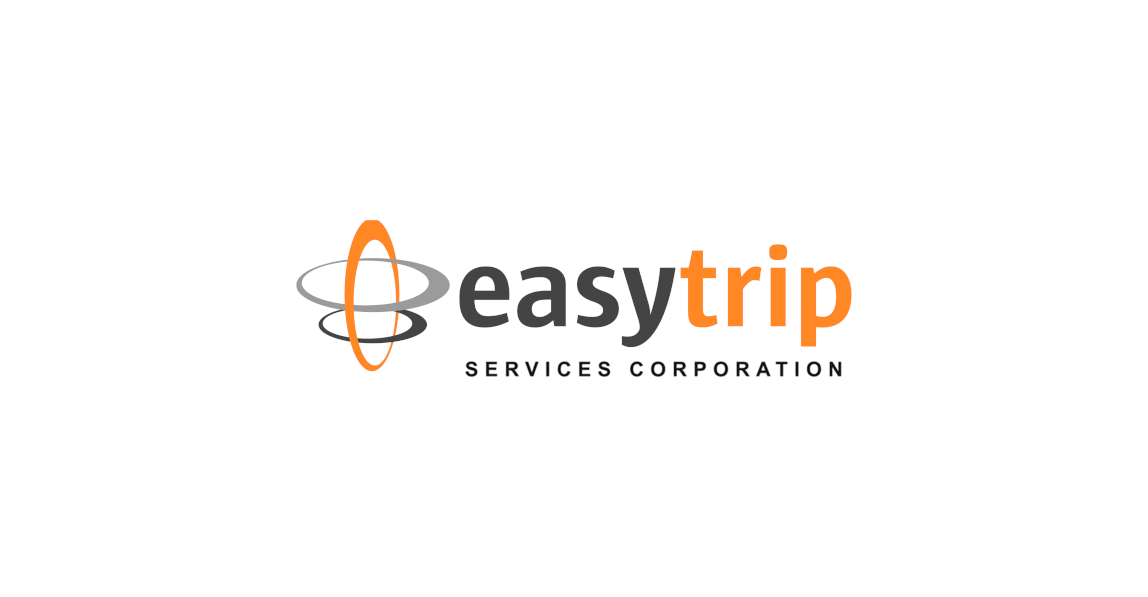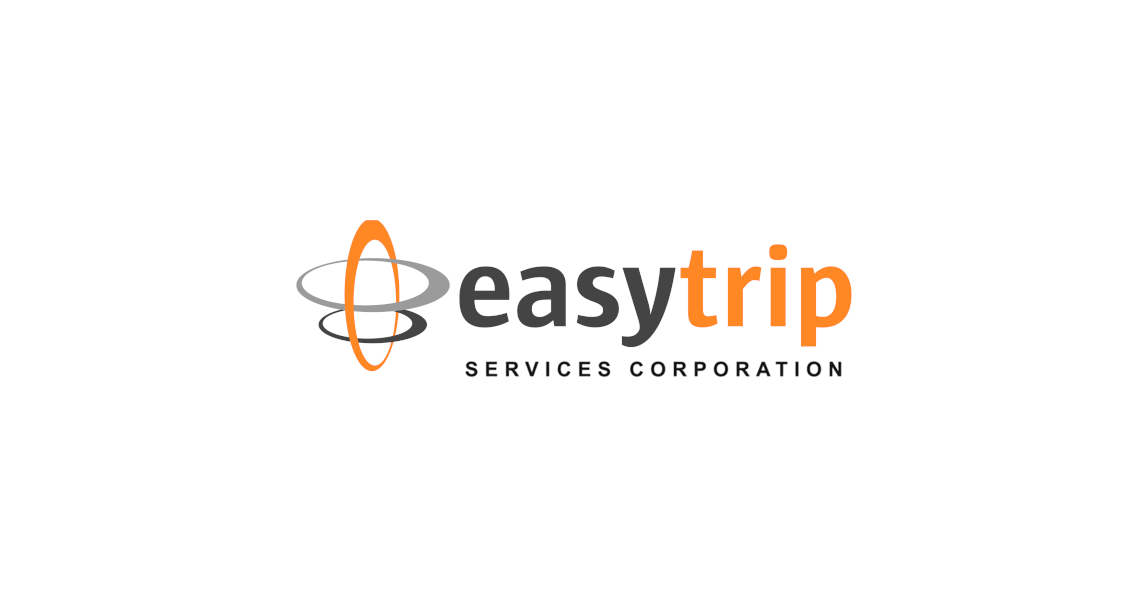Unlocking Efficiency: ETC RFID and Traffic Management in Metro Manila

Metro Manila, the bustling capital city of the Philippines, is known for its heavy traffic congestion. Long vehicle queues, the high number of private cars, and the limited capacity of the highway network contribute to this congestion, especially during the holiday season. These problems lead to economic loss, reduced productivity, prolonged commuting time, and decreased economic mobility.
The negative impact of traffic congestion is felt by both individuals and businesses, making it a pressing concern that requires immediate attention and practical measures. Today, a solution that has gained traction in recent years is electronic toll collection (ETC) using radio frequency identification (RFID) technology. In this article, we will explore the benefits of ETC RFID in traffic management in Metro Manila.
Benefits of ETC RFID in Traffic Management
ETC RFID technology has been a valuable tool for effectively addressing traffic congestion problems in Metro Manila. Implementing this technology extensively on highways may provide the following benefits:
- Enhanced Traffic Flow
With ETC RFID, vehicles can pass through toll gates seamlessly, eliminating the need to stop at toll plazas and pay with cash. This innovative technology utilizes RFID stickers, which can also help monitor traffic flow. By setting up RFID readers along highways, traffic management departments can gain real-time insights into the location and extent of traffic congestion. In this way, they can implement effective measures to optimize traffic flow and reduce congestion.
- Efficient Vehicle Identification and Management
ETC RFID technology ensures efficient vehicle identification and management, which is crucial for traffic management in Metro Manila. An RFID sticker equips each vehicle with a unique identification number linked to its owner's account. This allows authorities to track vehicle movement accurately, monitor traffic patterns, and even locate lost vehicles. Furthermore, accurate vehicle identification and management aid in enforcing traffic regulations, resulting in a smoother flow of traffic and fewer instances of toll evasion.
- Improved Toll Collection
With traditional cash-based toll collection systems, toll operators often need help handling large volumes of cash, leading to delays and inefficiencies. ETC RFID automatically deducts toll fees from motorists' prepaid accounts, eliminating the need for cash transactions. This system expedites the toll collection process, reduces the theft risk, and ensures transparency in all financial transactions.
The Role of Easytrip
Easytrip Services Corporation is the exclusive electronic toll collection system integrator and provider for Metro Pacific Tollways Corporation’s (MPTC) network of expressways, including the North Luzon Expressway (NLEX), Subic-Clark-Tarlac Expressway (SCTEX), Cavite Expressway (CAVITEX), C5 Link Flyover, and Cavite-Laguna Expressway (CALAX). They have pioneered electronic toll collection services and facilitated a smooth transition to RFID technology.
Easytrip’s Contribution to ETC RFID Implementation
Through their expertise and dedication, Easytrip has helped streamline the use of ETC RFID, making it more accessible and efficient for users.
- In September 2020, Easytrip replaced its existing toll tags with RFID stickers for cars to help streamline the toll process and make it easier for motorists to adopt the new technology. Drivers can easily pass through ETC lanes on expressways with these stickers affixed to their vehicle's windshield.
- In July 2022, Easytrip introduced an improved RFID sticker for cars with higher readability than its previous versions. This upgrade is part of their comprehensive RFID sticker and card replacement program, which aims to streamline the toll collection process further and provide a more convenient experience for motorists.
Moreover, Easytrip subscribers can register their new RFID stickers with Autosweep and use the same sticker while traversing SMC-operated expressways, including the South Luzon Expressway (SLEX), Tarlac-Pangasinan-La Union Expressway (TPLEX), Southern Tagalog Arterial Road (STAR) Toll, and more.
Easytrip's Impact on Overall Traffic Flow in Metro Manila
The implementation of ETC RFID by Easytrip has significantly impacted overall traffic flow in Metro Manila.
- In November 2021, the growing number of motorists shifting to RFID and the enhancements of the RFID system have proven effective in managing the usual surge of Undas Road Traffic in Metro Manila. As a result, vehicle queues have decreased, and traffic flow has become smoother during this peak season.
- In September 2023, The Toll Regulatory Board (TRB) conducted a two-month dry run on select toll plazas to test the efficiency of a cashless and contactless toll collection system using RFID technology. This initiative eliminated cash transactions and physical contact between motorists and toll booth operators.
- In December 2023, The number of RFID users is projected to reach four million in 2024. Mr. Jack Coson, President of Easytrip Services Corporation, highlighted that motorists are becoming more accustomed to paying toll fees via RFID, raising public awareness of the benefits of contactless toll collection for traffic flow.
Implementing ETC RFID has significantly improved traffic management in Metro Manila. This cutting-edge technology optimizes toll collection, simplifies vehicle tracking, and enhances traffic flow and convenience for authorities and vehicle owners. As RFID users continue to grow, Metro Manila is poised to experience further improvements in traffic efficiency and road safety.
Easytrip aims to encourage more motorists to embrace the benefits of ETC RFID technology and enjoy a smoother and more efficient toll payment experience. Visit our website to learn more about our services.




